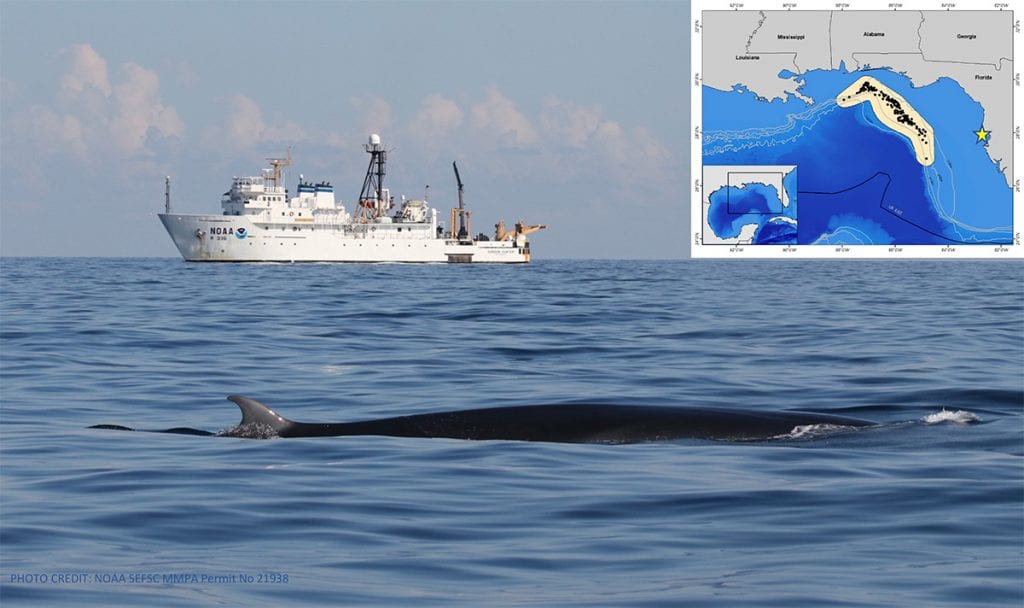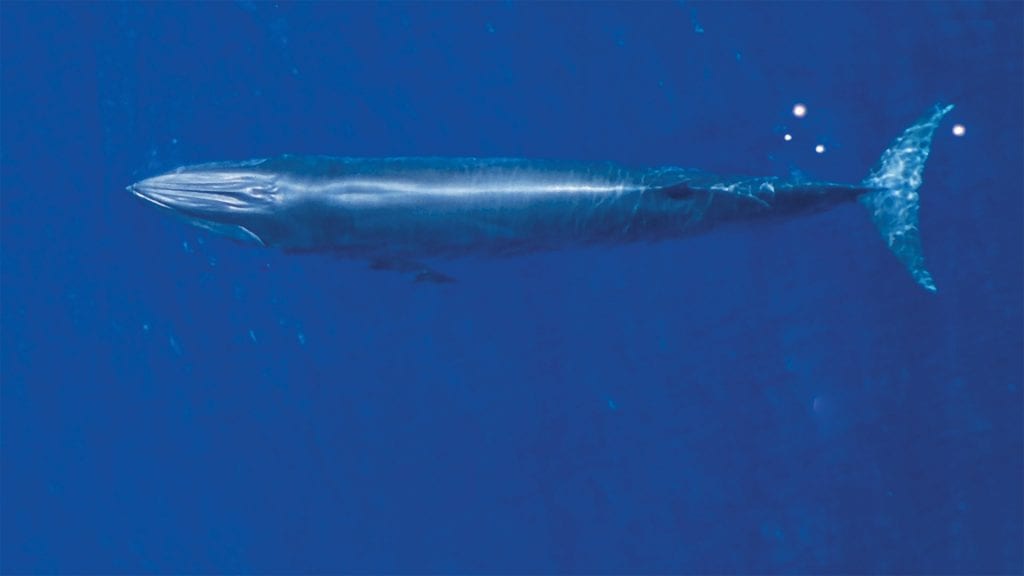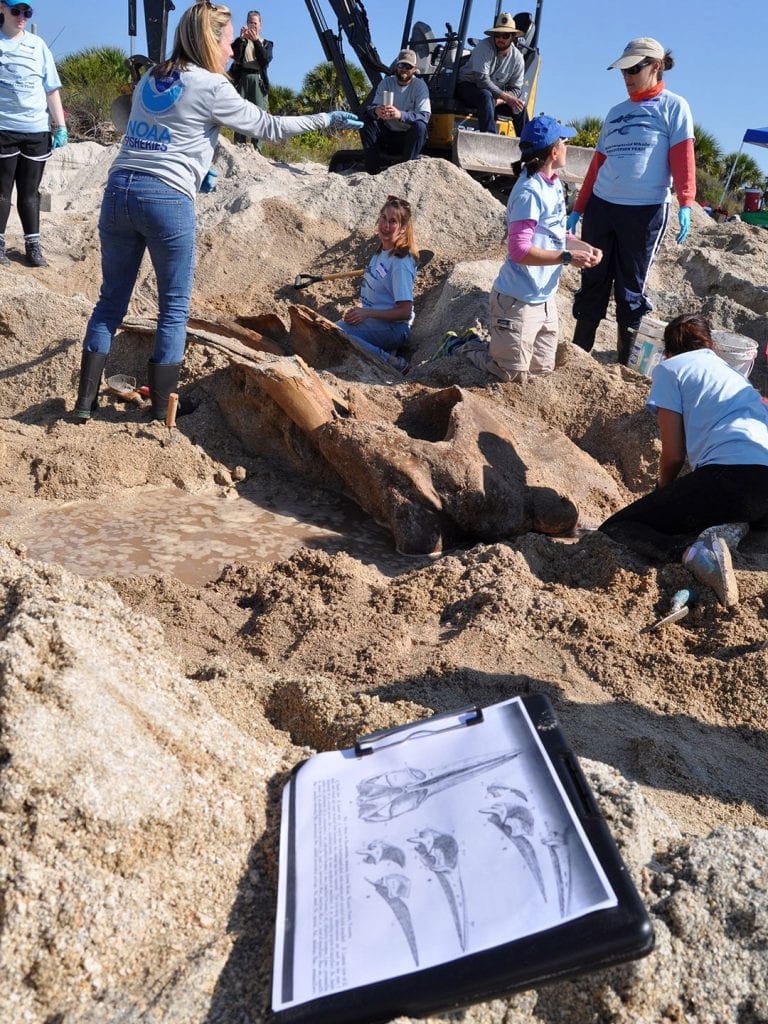
Clearwater Marine Aquarium Partners with NOAA to Debut a Landmark Discovery
In January 2019, a 38-foot-long whale washed ashore in the Florida Everglades with a large piece of plastic found in its gut. Scientists believed it was a subspecies of the Bryde’s whale – named the Rice’s whale after the American biologist Dale Rice.
Now, researchers have confirmed that the whale was actually not a subspecies, but an entirely new species of whale found in the Gulf of Mexico. And they are already critically endangered with fewer than 100 members left in its population.

Scientists have been studying this small group as early as the 1990s believing they were rare and needed protection. Their observations prompted NOAA Fisheries to collect genetic data from the animals during vessel surveys in the Gulf of Mexico. It wasn’t until NOAA scientist Dr Patricia Rosel was able to examine the skull of the Everglades whale that she was able to determine the most noticeable morphological difference between the new species and its closest relatives – its skull.


The morphological differences, when combined with the genetic data collected, were enough to distinguish this as a new species of baleen whale.
Learn more about the finding in this January 2021article in Marine Mammal Science.
New exhibit to feature recently discovered species of baleen whale
Guests who attend CMA’s new exhibition, Whales: Living with Giants, will be immersed into the world of discovering a new species with education panels and a life-size replica of this new species, the Rice’s whale.